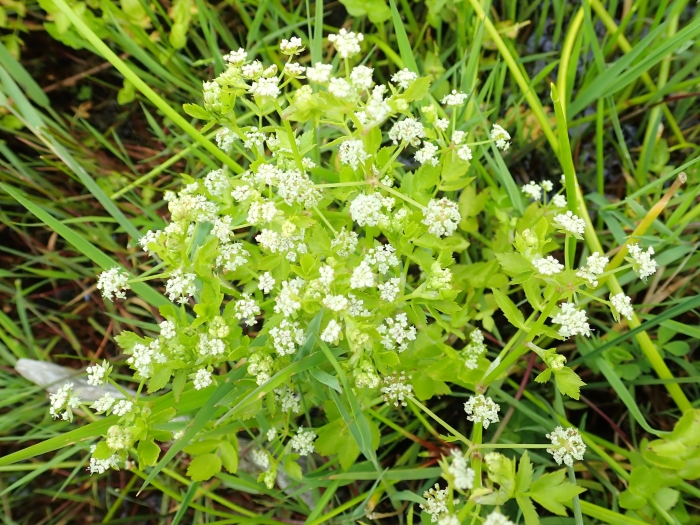Wild Celery
(Apium graveolens)
Wild Celery (Apium graveolens)
/
/

Arnim Littek
CC BY 4.0

















































































Estimated Native Range
Summary
Wild Celery is cultivated primarily as a vegetable and is valued for its edible stalks and leaves. It is a staple in kitchen gardens and is also grown commercially for its use in a variety of dishes. The plant prefers moist or wet, nutrient-rich, muddy soils and typically does best in full sun, although it can tolerate part shade. It requires consistent moisture and benefits from rich, well-draining soil. Self-blanching varieties, which are easier to grow as they do not require earthing up, have become popular among both commercial growers and home gardeners. However, growers should be aware that Apium graveolens can be potentially invasive in some regions, including the United States, and should check local guidelines before planting.CC BY-SA 4.0
Plant Description
- Plant Type: Herb
- Height: 2-3 feet
- Width: 1-2 feet
- Growth Rate: Moderate
- Flower Color: Green, White
- Flowering Season: Summer
- Leaf Retention: Deciduous
Growth Requirements
- Sun: Full Sun
- Water: Medium
- Drainage: Slow, Medium, Fast
Common Uses
Bee Garden, Bird Garden, Edible*Disclaimer: Easyscape's listed plant edibility is for informational use. Always verify the safety and proper identification of any plant before consumption., Fragrant
Natural Habitat
Wetlands in Europe, Asia, and the Mediterranean region
Other Names
Common Names: Celeriac, Celery, Vild Selleri, Sellerie, Wilder Sellerie, Echter Sellerie, Apio, Céleri, Céleri À Côte, Céleri À Côtes
Scientific Names: , Apium graveolens, Apium graveolens var. rapaceum, Apium graveolens subsp. rapaceum, Apium graveolens var. secalinum, Apium graveolens var. dulce, Apium graveolens subsp. butronensis, Apium graveolens subsp. dulce, Apium graveolens var. butronensis, Helosciadium graveolens
GBIF Accepted Name: Apium graveolens L.